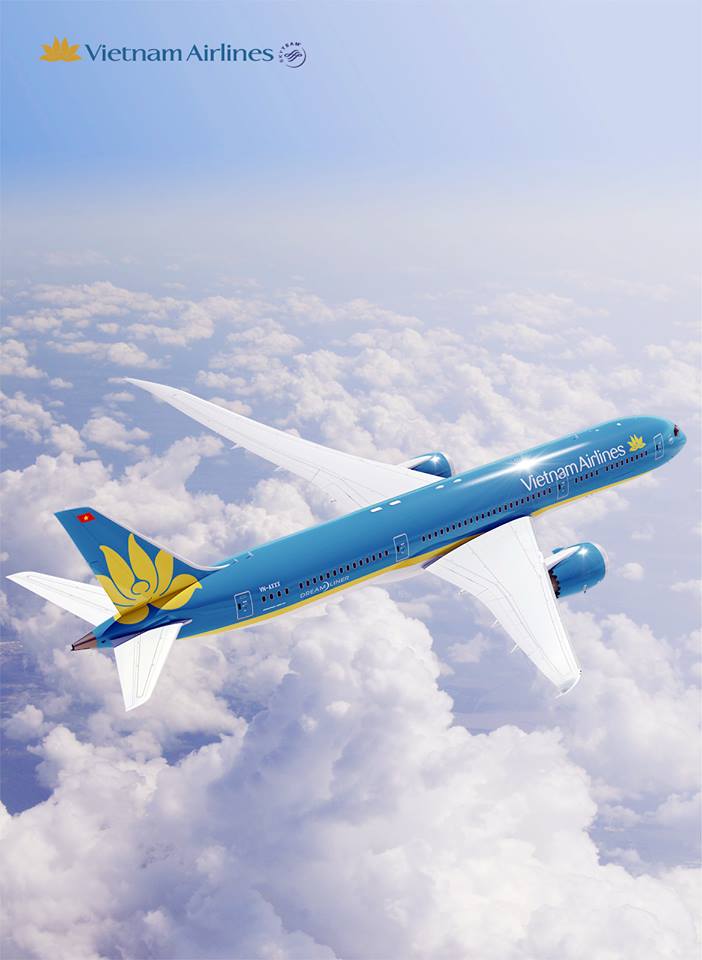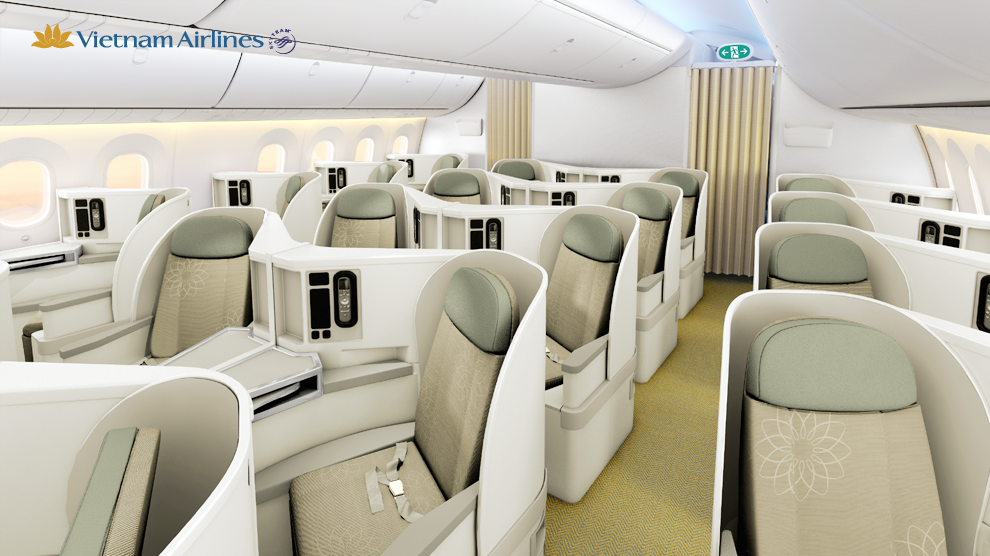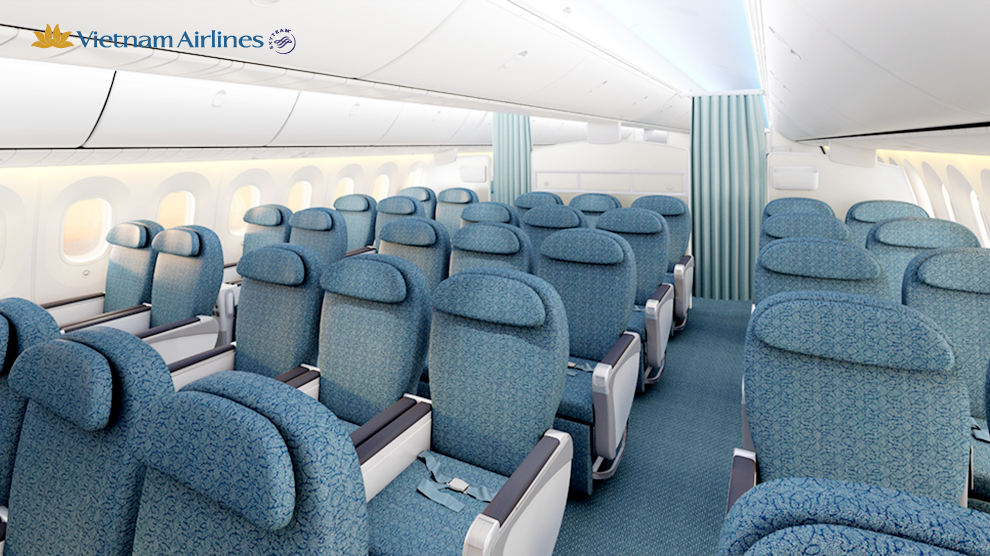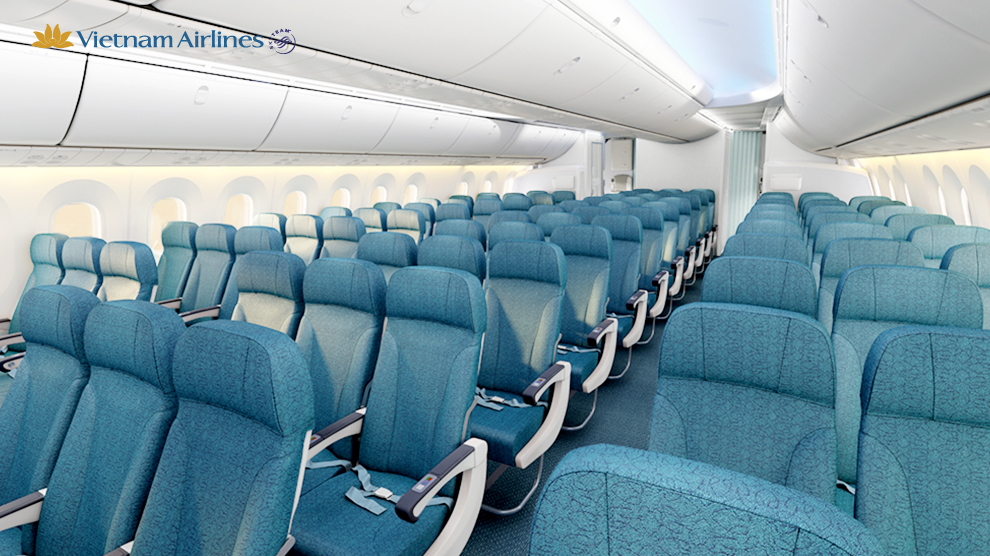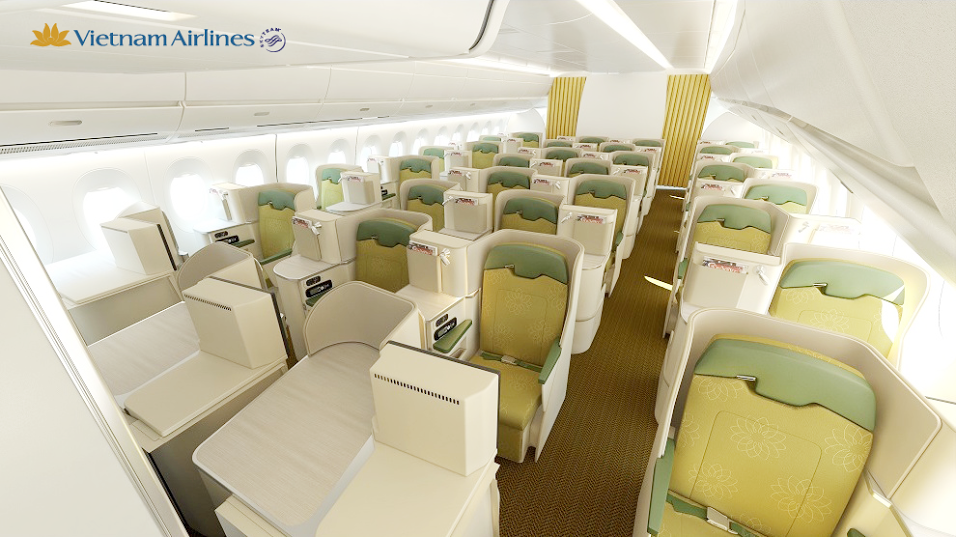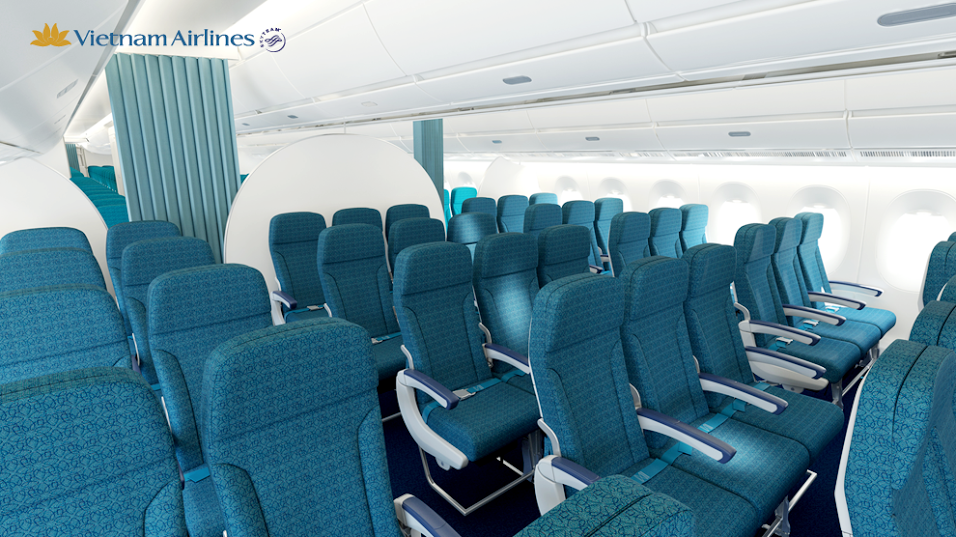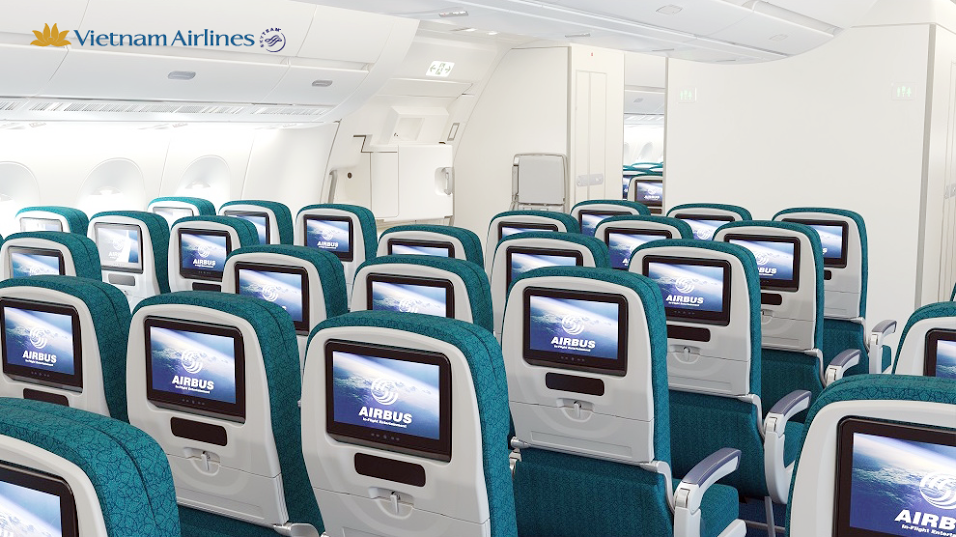...is not so bad if you are not from down under.
It was written by CEO Alan Joyce earlier, "Qantas is hoping for an even financial performance from its divisions before optioning for his 50 787" as shown in Boeing footnotes. So Far so good, International and other Qantas operations are positive growth and profitable. The half year report summarized best below, as all signs suggest Qantas will order 20 787-9's which have firm production slots if they do the deed before years end.
The highlighted text below represents Alan Joyce underpinnings for completing a 787-9 order of 20, with assembly slots starting in 2017, and another 30 would not have dated assembly times into the future until Boeing assigns those 30 slots, during purchase negotiations.
Qantas Half Year Bullet Point December 31, 2014.
Qantas.com.au credit for JPEG <Link
Latest Half Year Results
View the highlights from Qantas latest and previous "Half Year Results" announcements as well as the accompanying Media Release and Australian Stock Exchange (ASX) release.
Results for the half year ending 31 December 2014
- Underlying Profit Before Tax: $367 million
- Statutory Profit After Tax: $206 million
- Qantas Transformation Benefits: $374 million
- Revenue increased 2.1 per cent from improved yields and loads
- Comparable unit cost reduction: 4.8 per cent
- Cash generated from operations: 1 billion
- Positive net free cash flow: $194 million
- Liquidity: $3.6 billion, including $2.9 billion cash
- Earnings per share: 9.2 cents
Qantas is half way through its second half year results bullet point extravaganza. But here is what Joyce had to say for any student wanting 50 787-9 ordered by Qantas. (WI)
Qantas Group Half-Year Results
Sydney, 26 February 2015
Today I am pleased to report the results so far of the fundamental business
transformation that is underway at Qantas.
Qantas today reported an underlying profit before tax of $367 million for the
six months to December 2014, and a statutory profit after tax of $206 million.
This is a $619 million improvement over the same period last year at the
underlying level.
The decisive factor in this result – our best half-year performance for four
years - is our transformation program, which delivered $374 million in benefits
in the first half.
Without the impact of transformation, Qantas would not be profitable today.
The other positive drivers in the results were:
$208 million from reduced depreciation;
$162 million from increased revenue per available seat kilometre;
$59 million from the removal of the carbon tax; and
$33 million from lower fuel prices.
This result confirms that we are executing the right plan with discipline and
speed.
We are meeting, or exceeding, all our targets as we build a strong,
sustainable future for Qantas and grow long-term shareholder value.
Since we announced our transformation program in December 2013 we have:
Lowered our cost base;
Grown free cash flow and revenue;
Improved fleet, product and service;
Strengthened customer satisfaction;
Reduced debt and strengthened the balance sheet;
Improved our return on invested capital;
Achieved our youngest fleet age in more than 20 years; and
Simplified the fleet from eleven to nine aircraft types, on the way down
to seven.
What sets this program apart is that we are reducing costs permanently, while
at the same time delivering Qantas’ best ever fleet, product and service.
We now have a strong foundation for sustainable growth.
I want to express my deep appreciation to the people of Qantas who have
worked so hard to make this transformation succeed.
2. We have come together to protect this great Australian company and give it a
sustainable future.
I also want to thank our customers.
We are delighted to repay their loyalty with even better Qantas experiences
today, and more rewards to come in the future.
All parts of our business have contributed to this good result.
Qantas International was profitable for the first time since the GFC with
underlying earnings of $59 million, a turnaround of $321 million over the same
period last year.
Over the period it cut unit costs by almost 4 per cent while revenue increased
by nearly 5 per cent.
The partnership with Emirates is now more than two years old and it
continues to deliver.
We've seen exceptional customer satisfaction with our Dubai hub and
increased range of destinations, which in turn has given us a significant
competitive advantage.
With smarter fleet utilisation, Qantas has been able to offer new or additional
capacity, including seasonal flights to Vancouver and additional services to LA,
Santiago and Japan.
Our new A330 product and lounges in Singapore, Hong Kong, and Los
Angeles have been met with acclaim.
In 2011 we set ourselves the task of getting Qantas International back into
profit.
We expect to achieve that goal this year, on target.
Our domestic airline businesses performed well over the half – with total
domestic profitability of just under $300 million.
The Qantas Group strengthened its position substantially in the domestic
market.
Qantas Domestic reported an improvement of $170 million compared with the
same period last year, with underlying earnings of $227 million.
With its unrivalled network, frequencies, lounges, and Loyalty program,
Qantas Domestic retained an overwhelming 80 percent revenue share of the
Australian corporate market.
3. Looking at large corporate accounts, we recorded 113 renewals, 42 new
accounts - with 16 of those won back from the competition - and just four lost.
Customer satisfaction with Qantas Domestic was at record levels in the
December quarter.
The Jetstar Group continues to build scale and brand presence, flying to 66
destinations across 16 countries in the Asia-Pacific.
It reported underlying earnings of $81 million, an improvement of $97 million
on the same period last year.
Domestically, Jetstar achieved earnings of $63 million, driven by improved
yields and loads and a continued focus on managing costs and capacity
Strong Jetstar International earnings of $51 million reflected the benefits of a
network restructure and the roll-out of the Boeing 787 Dreamliner.
Qantas’ investments in the Jetstar-branded airlines in Asia will generate long term
returns in the world’s most important emerging markets.
These airlines improved their performance in the first half, relative to the prior
period, with a $13 million reduction in Qantas’ share of losses.
Jetstar Asia in Singapore was profitable in the December quarter.
Both Qantas and Jetstar have won a string of awards and recognition for
product, service and safety.
Qantas Loyalty continued its outstanding performance.
With 10 per cent earnings growth, Loyalty achieved underlying earnings of
$160 million.
It attracted more than 400,000 new members in the half, to reach a new high
of 10.5 million.
Continued innovation and investment in programs like the online mall, Aquire,
and Qantas Cash card, have helped grow, diversify and maximise the
customer base.
They have brought in a younger demographic, with 60 per
cent of new members aged 36 or younger.
Qantas Freight delivered underlying earnings of $54 million, a strong
improvement which was driven by significant recovery in the international
freight market - outweighing a challenging domestic market.
Overall, this result demonstrates the continuing strength in our portfolio of
integrated Qantas Group businesses.
4. The Group’s financial position improved significantly with more than a billion
dollars in cash generated from operations for the half, up nearly 45% on the
prior year.
The outlook for the Group’s operating environment in the second half of this
financial year has improved after a turbulent period.
Demand is mixed in the domestic market and steady in the international
market.
Importantly, market capacity – both domestic and international – is
moderating and aligning more closely to demand.
Yield and load factors have stabilised and are in the early stages of recovery.
Lower fuel and Australian dollar values have, overall, improved our
competitive position.
While fuel prices produced a modest benefit in the first half, we expect fuel
costs for the full year to be no more than $4 billion at current prices – which
will be a significant boost to the bottom line in the second half.
And we expect all operating segments to be profitable in the full year.
Today’s results are good and we take pride in our progress so far.
Transformation has been central to our recovery and we will drive it forward
with all our energy.
It is about making ourselves strong and resilient through the ups and downs of
economic cycles.
Over the next two years we will further strengthen the Qantas position.
We will be a company able to withstand tough times, capitalise on the good
times, and deliver sustainable and attractive long term returns to our
shareholders.
We will be a stronger integrated Group portfolio where each business
complements the others, generating sustainable returns through the cycle.
We will always be the airline that represents the best of the Australian way of
life.
And today we can see a bright future for this great Australian company.
Thank you. (Alan Joyce Speaking)
--------------------------------------------------
What the highlight in yellow indicates, Qantas in the next four months can be convinced on completing its commitment by ordering its options, 50 787-9's, as some (20) are already reserved for production slots if acted upon. If Qantas does jump on its option plan, it will not lose out on pricing of approximately $187 million US per copy as rumored, otherwise missing it they only can expect receiving any 787-9 during the next 5-7 years with a stated Boeing list price of about $250 million US,. It must not miss its option deadlines as it would miss out on millions in savings from the original pricing commitment. Alan Joyce sounds optimistic about Qantas closing the deal, His vicarious and enthusiastic Half Year Report almost says it, "We are really buying some Boeing"! Firming the option during the next six months awaits the slot machine cherries to line up. Qantas would start receiving 787-9's by 2017 as it goes for it in a non gambling position.
This ordering sequence would mesh well with Jetstar's 787-8 delivery completions and Qantas domestic and international passenger growth. Plus its other stabilisation plans. A Boeing purchase, through its option of 50 787-9's, intersects well with Qantas' overall goals for its different operations.
Jetstar has demonstrated a financial improvement generated from its own business position. If Jetstar had not gained altitude with its 787-8, Qantas would have forced a sale of the Jetstar brand. However, the reverse has happened, Jetstar is mopping up the market in the region while Qantas waits in a standby slot. That is soon to change in the fall. Qantas will close the deal and not lose its 787-9 assembly slots, as it will have its banking in a row after completing one year operating with the new business plan from all operations. The one year mark ends during June 30, 2015.
